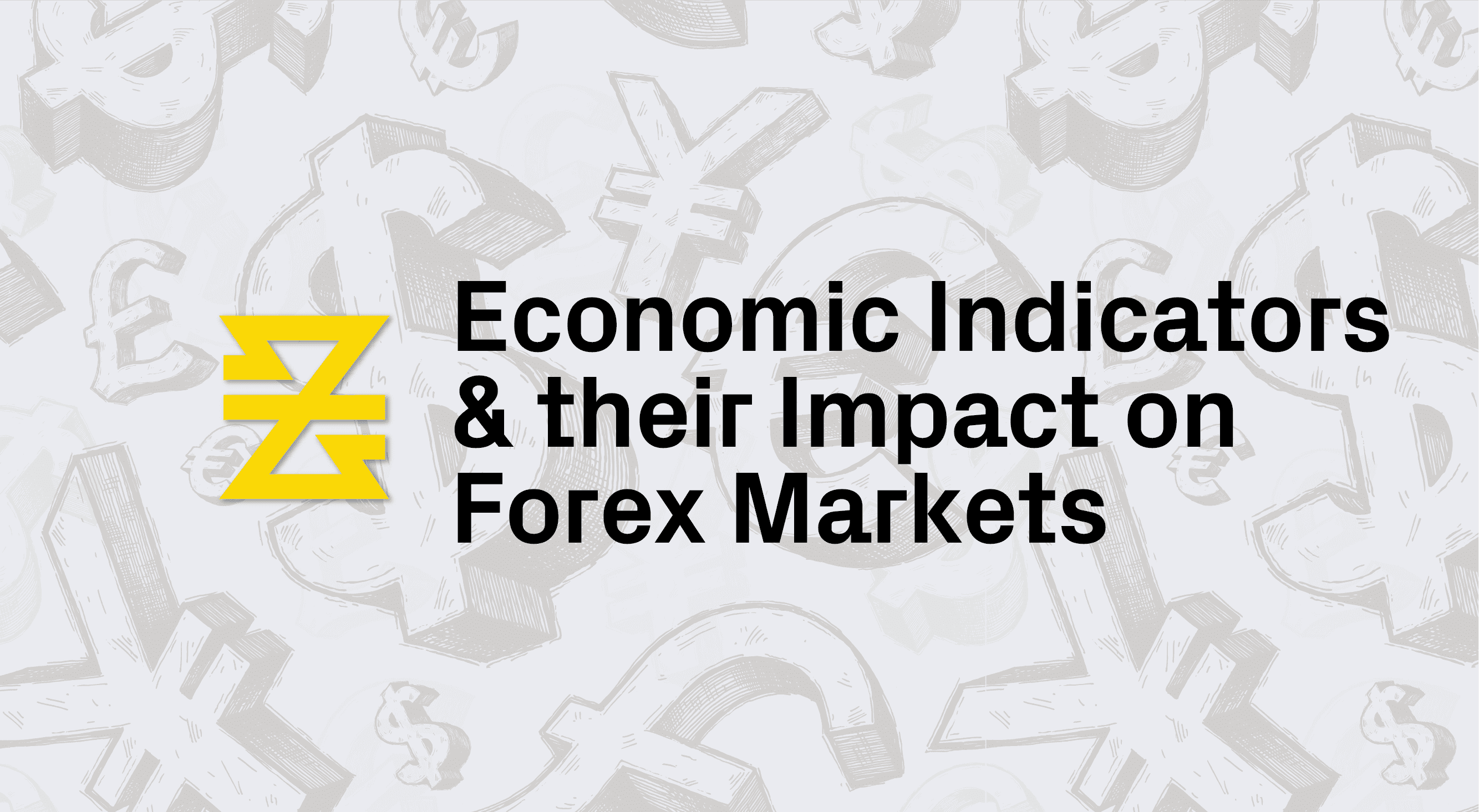CHAPTER 3 - LESSON 2
Economic Indicators and their Impact on Forex Markets
There are many economic indicators that forex traders keep an eye on during their fundamental analysis.
Important Economic Indicators to Watch
Below are some of the key economic indicators to watch as well as how they make an impact on currency prices:
GDP is a measure of a country's economic output, and it is also one of the most important economic indicators to be aware of.
• Strong GDP growth is generally positive for a currency because it suggests that the economy is expanding and that there is strong demand for the country's goods and services.
• On the other hand, weak GDP growth can have a negative impact on a currency, as it can suggest that the economy is shrinking or stagnating.
Interest rates are set by central banks and affect the cost of borrowing and lending.
• Higher interest rates can make a currency more attractive to investors because they have the potential to earn a higher return on their investments.
• Conversely, lower interest rates can make a currency less attractive since it means investors earn a lower return.
• Changes in interest rates can have a major impact on currency prices, and forex traders closely watch central bank announcements and meetings for signals of potential rate changes.
Inflation is the rate at which prices for goods and services are rising, and it is a key indicator of the health of an economy.
• High inflation can be negative for a currency since it decreases purchasing power and can lead to higher interest rates.
• Alternatively, low inflation can have a positive impact on a currency, as it can lead to lower interest rates and it can also encourage economic growth.
Unemployment is the percentage of the labor force that don’t have a job but are actively seeking employment.
• High unemployment can be negative for a currency because it can lead to lower consumer spending and also decrease economic growth.
• On the other hand, low unemployment can be positive for a currency, because it can suggest a stronger job market and that consumer spending has increased.
The trade balance is the difference between a country's exports and imports, and it is a key indicator of a country's economic strength as well.
• A positive trade balance (exports > imports) can be positive for a currency, as it suggests that the country is producing more goods and services than it is consuming.
• Alternatively, a negative trade balance (imports > exports) can have a negative impact for a currency because it suggests that the country is consuming more goods and services than it is producing.

To sum up, understanding the impact of economic indicators on currency prices is essential to become successful in forex trading. Serious traders should actively watch economic releases and central bank announcements to identify potential trading opportunities based on the underlying key drivers of currency movements.
In the next section, we will cover the importance of news and geopolitical events in forex trading.

